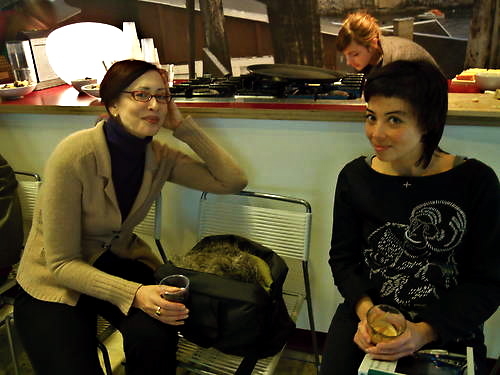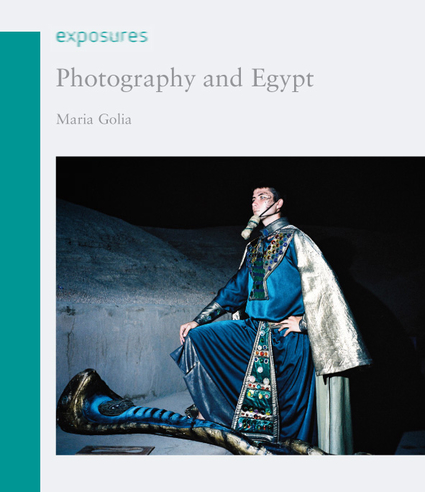Maria Golia is in Amsterdam to talk about ‘Photography and Egypt’ (2009), a brand new history of Egyptian photography that is written by her. Golia researched also the images in the book.
On a big screen she shows some of the most appealing of them, while telling her story about the misleading role that photography plays in the image that Western people have of Egypt. Maria Golia is a writer and longtime resident of Egypt. She was asked by Reaktion Books London to write ‘Photography and Egypt’ for their series called ‘Exposures’, which is about different aspects of photography.
According to Golia it’s too general to speak of a different Egyptian and Western photographic tradition. ‘Certain factors influenced photography’s development in Egypt, like archeology and tourism. Political and economic scenarios affected photography’s use over the last 170 years. But such forces are at work everywhere in different ways. Technical innovations originating in Europe were often tested first in Egypt, since the monuments attracted so many photographers. So you find the same techniques and formats in Egypt as elsewhere, because until the early 20th century, most photographers working in Egypt were foreigners. This changed in the early 1900s especially as Egypt's nationalist movement gained more power.’
Maria Golia quotes the American writer Susan Sontag, who stated that photography acknowledges reality, but does not represent it. Golia: ‘A picture is a deliberate act: you choose what to frame and what to leave out. The viewer sees what you chose, not the whole picture.’
But then the question arises if the Western people have a false image of Egypt, caused by the famous pictures of pharaohs and pyramids.
‘I think that the interplay between photography, archeology and tourism formed an association between Egypt and the past,’ she says. ‘Then as now, people were more interested in Egypt's ancient than in its modern history. When we think of Egypt we think of pyramids, camels, temples, things that tell us little about the place or people.’

